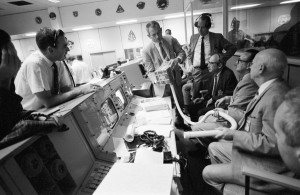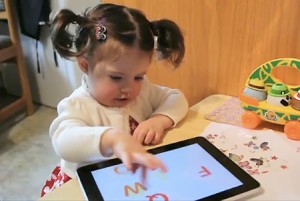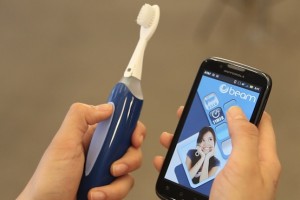I was delighted to be asked to present at the 2014 National Apprenticeships conference at the Film Museum last week. I talked about technology and education coming together and the inextricable link between learning and working.
I shared a story from 100+ years ago and the World Fair in St Louis. The man that was selling ice cream ran out of paper cups, and the exhibitor next to him who was selling waffles decided to roll them flat and curl them into the shape of a handheld cone. Thus the ice cream cone was born. Two distinct ‘ingredients’, no connection between the two, coming together to create something completely new.
Now I applied that connection to work and education (thanks Noel Tagoe, Executive Director at CIMA, for the inspiration). Companies have to be part of the education process and give young people a chance to get a taste of what the world of work is all about. We should all be giving apprenticeships an opportunity to sample the workplace and make working a part of the overall learning experience. Similarly, employers have to be involved in influencing education, so that what is taught in the classroom has relevance in the workplace. Then, when students start on their career path, they can make a contribution from day one. Let’s stop teaching irrelevancies, no wonder kids switch off and turn to their phones every 6 minutes.
Classroom in the workplace, workplace in the classroom – that is the future.









